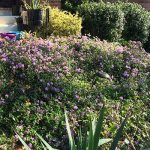Gone are the days of not knowing what plants to plant. Our nine gardening experts have each shared their four favorites — that’s three dozen plants to pick from!
Have you ever been to a nursery or looked over your landscape and been totally perplexed about what plants to purchase or add? Wonder no more!
Our gardening experts are happy to impart their wisdom and offer you their four favorite plants for San Antonio. Why four? Honestly, three and five just didn’t have the same ring to it. We are, after all, ardent admirers of alliteration.
We do hope you enjoy our picks — each of us struggled to pick just four. They range from the ordinary to the totally unique.
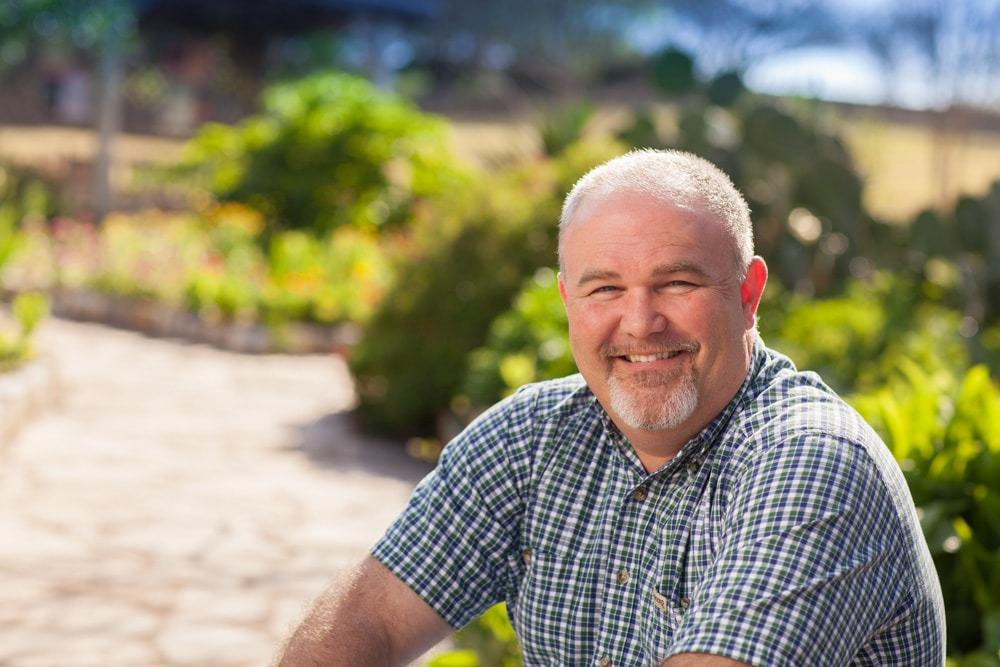
Nathan Riggs, Project Coordinator and Entomologist Extraordinaire
Crepe myrtle ‘Red Rocket’ – 18-20-foot tall crape myrtle that is disease resistant and, as the name implies, has brilliant red flowers.
Confederate jasmine – evergreen vine with aromatic white flowers. Careful though, confederate jasmine requires a sturdy support.
Bottlebrush – this Australian import is very drought tolerant, but not so much with colder temperatures. The “dwarf” selection is relative and will reach 15-18 feet after several warm winters.
Yellow coreopsis – this perennial was more popular in the past and should be brought back. It’s drought and pest resistant and always provides excellent flowers.
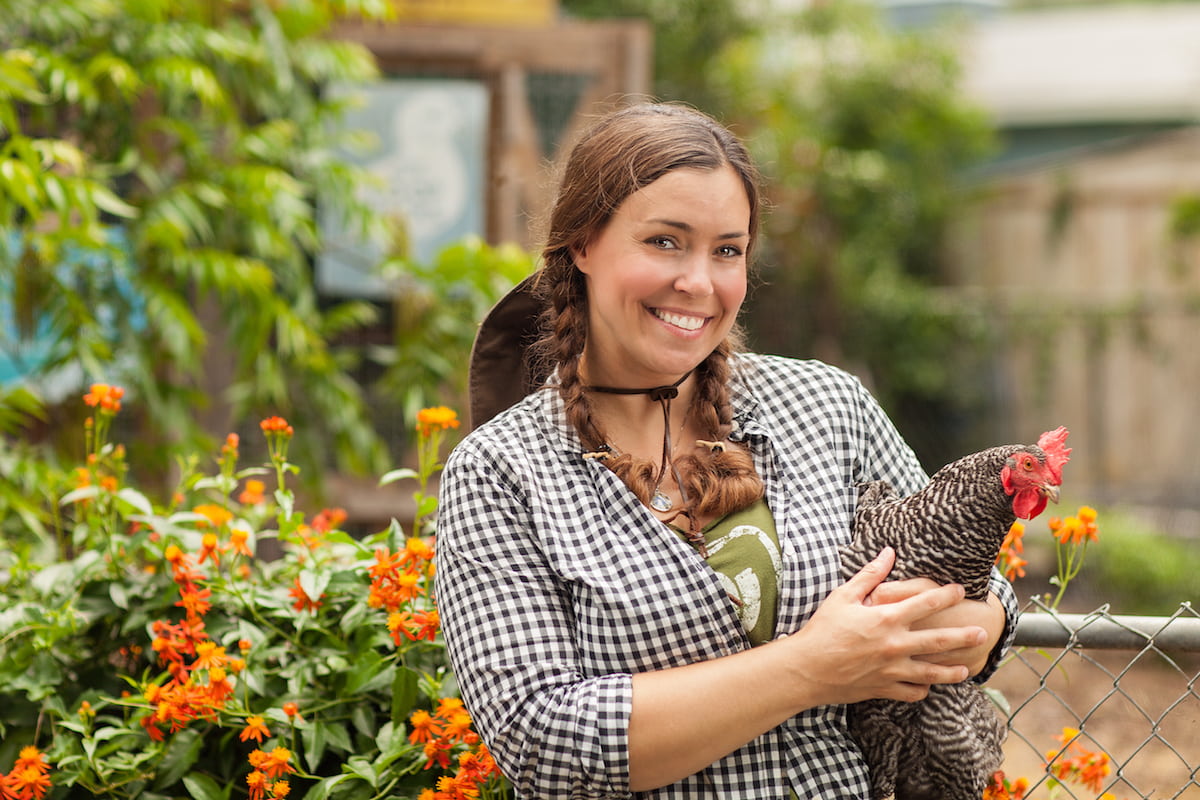
Heather Ginsberg, Consummate Consultant and noted Rooster Enthusiast
Gregg’s mistflower – butterflies absolutely love mistflowers and Gregg’s blue mistflower absolutely loves San Antonio landscapes. An added benefit: mistflower is on the WaterSaver Landscape Coupon list.
Gregg dalea – also known as trailing indigo bush, this is one of the great groundcovers for full sun and limited soil. It loves the space between the curb and sidewalk. A fantastic combination with santolina, creeping germander, wooly stemodia, or ‘New Gold’ lantana.
Big Bend yucca – all all-time classic yucca, this one features a tight, round canopy with bluish gray needles.
Texas mountain laurel – the ubiquitous small tree for South and Central Texas. Virtually indestructible except by humans, this small tree or shrub has evergreen foliage and fragrant purple flowers in late March and April.

Juan Soulas, A Planner who Truly Plans Ahead
Mexican olive – granted, not a true olive but far superior in many ways with its large summer blooming flowers. It’s a favorite for all types of nectar feeding pollinators. Because of sensitivity to freezes, it’s best planted south of Loop 410.
Texas prickly pear – whether for breakfast nopalitos, evening tuna margaritas or simply for orange and yellow summer flowers, prickly pear is the plant for a drought tolerant landscape. It never has to be watered, but it can get away if not careful. Plan on cutting it back every three years.
Whale’s tongue agave – an agave the neighbors will envy. It’s compact, uniform and most importantly cold tolerant. As with all succulents, it must have good drainage.
Jerusalem sage – a large perennial known for its showy foliage and yellow flowers. Adaptable to sun and partial shade, Jerusalem sage needs room to reveal its true beauty.
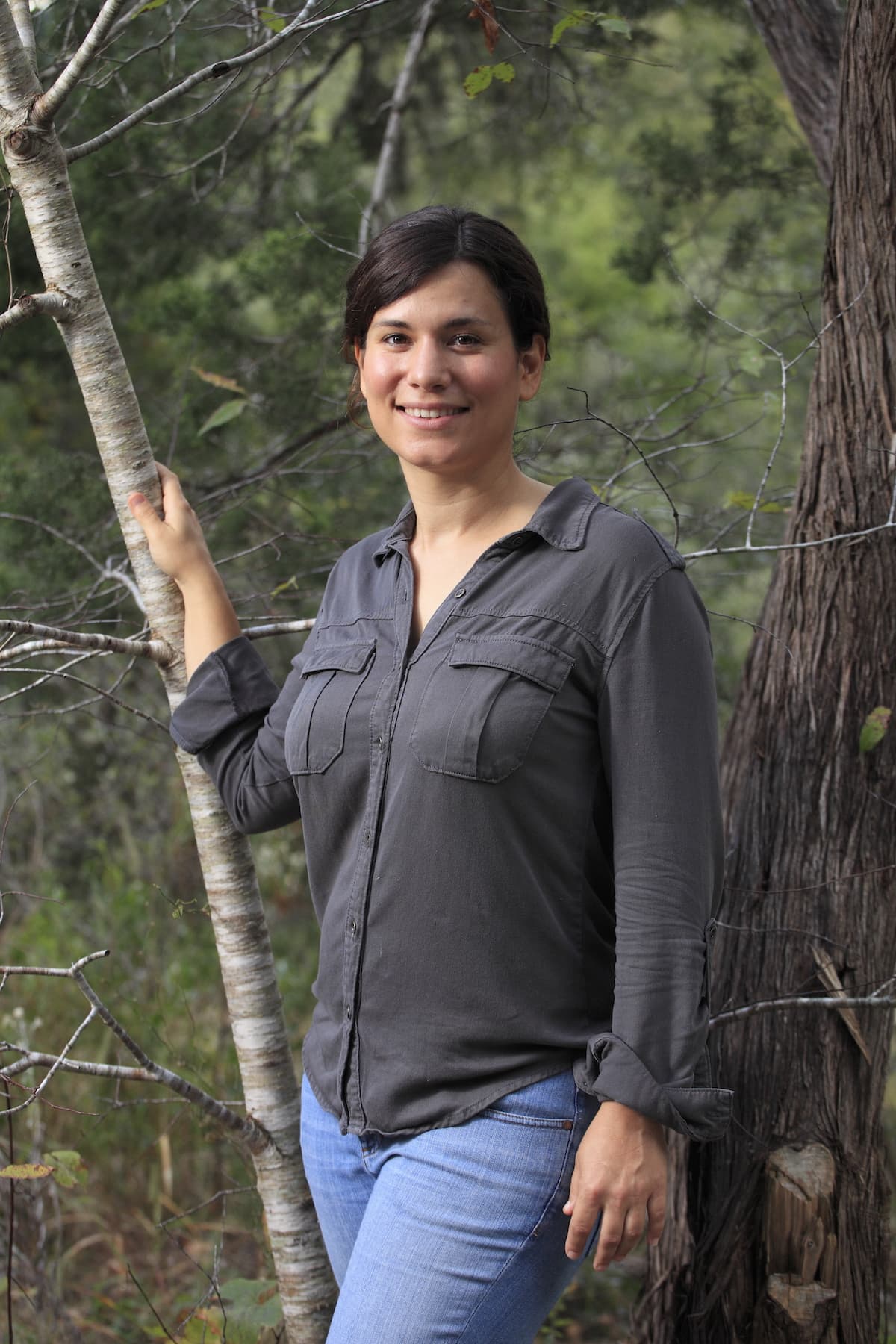
Sarah Galvan, Consultant and Noted Native Plant Advocate
White rosinweed – a slow growing perennial known for its longevity and tremendous tap root if soil conditions permit. Its white flowers attract butterflies and birds
Big bluestem – big bluestem is the larger brother (think four to seven feet tall) to our more ubiquitous little bluestem and is not as drought tolerant. It prefers deep moist soil and full sun, but will tolerate a very small bit of shade. It boasts a lovely russet color in the fall.
Narrow-leaf coneflower – a pink to lavender-colored flower perennial that’s similar to its more common cousin, the purple coneflower. Narrow-leaf coneflower will tolerate sun or partial shade and is not finicky at all about the soil. Some believe it is more drought hardy than its cousin.
Purple prairie clover – a small perennial plant that can be used as a groundcover. It’s extremely drought tolerant and deer resistant and very attractive to butterflies and native bees.
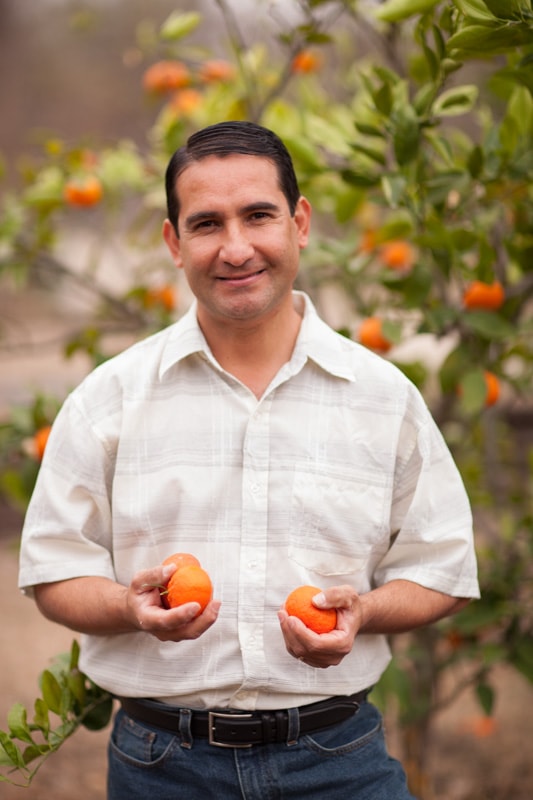
David Abrego, Consultant who Really Knows His Plants (in two languages)
Satsuma mandarin – This orange is arguably the best citrus for San Antonio. The fruit is incredibly sweet and juicy and the tree survives our winters very well. Look for ‘Arctic Frost’, ‘Orange Frost’, ‘Miho’ and ‘Owari’ selections. ‘Changsha’ is a tangerine that is the most cold hardy of the citrus, but is, unfortunately, the most seedy.
Spicy jatropha – Jatropha integerrima is a Texas SuperStar® and is superb for large containers and patios with its large glossy green leaves and cherry red flowers that will bloom spring to frost. A must for every home and apartment in San Antonio but not to be planted in the ground since it is a tropical and will suffer from freezes.
Red firecracker plant – similar to the more popular firecracker fern Rusellia equisetiformis , but the Rusellia sarmentosa has larger rounded leaves as opposed to small narrow ones on the firecracker fern. The flowers are deep red and linger from late spring to frost. It prefers partial shade, but does get to be approximately four feet tall and wide by the end of the year.
Mexican feathergrass – a perennial ornamental bunch grass, Mexican feathergrass is known for its soft texture and plume foliage. Not as drought or cold tolerant as the Muhly grasses, but it does add softness to the landscape.
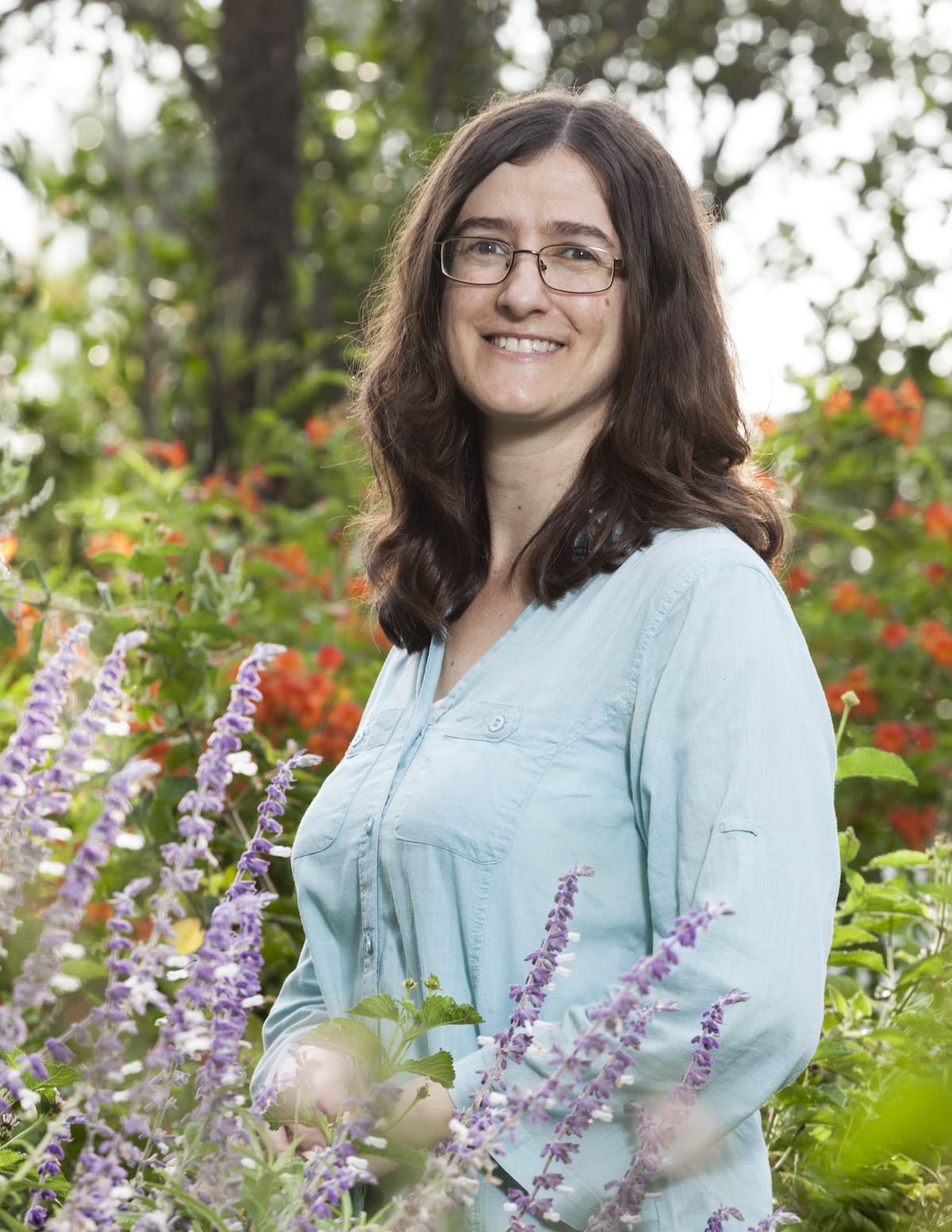
Sasha Kodet, Planner with a Proclivity for Plants and Parks
Fall aster – evergreen during most years, fall aster is known for its mass of purple flowers in the fall. But for the best displays, minor pruning is required in July. Fall aster prefers full sun, but will tolerate partial shade.
Turk’s cap – an excellent choice for shade and partial shade, Turk’s cap is noted for its unique red flower. Tropical versions are much showier, but also more frost sensitive. There is also the ‘ pink Turk’s cap ’ for those who prefer a softer hue.
Rock rose – like Turk’s cap, rock rose is a member of the hibiscus family that will grow in either sun or partial shade. Prune occasionally to reduce its tendency towards growing “leggy.”
Texas nolina – also known as basket grass, Texas nolina is adapted to sun or partial shade, but really prefers thin, rocky soils. Similar to liriope in texture, but with thinner leaves.
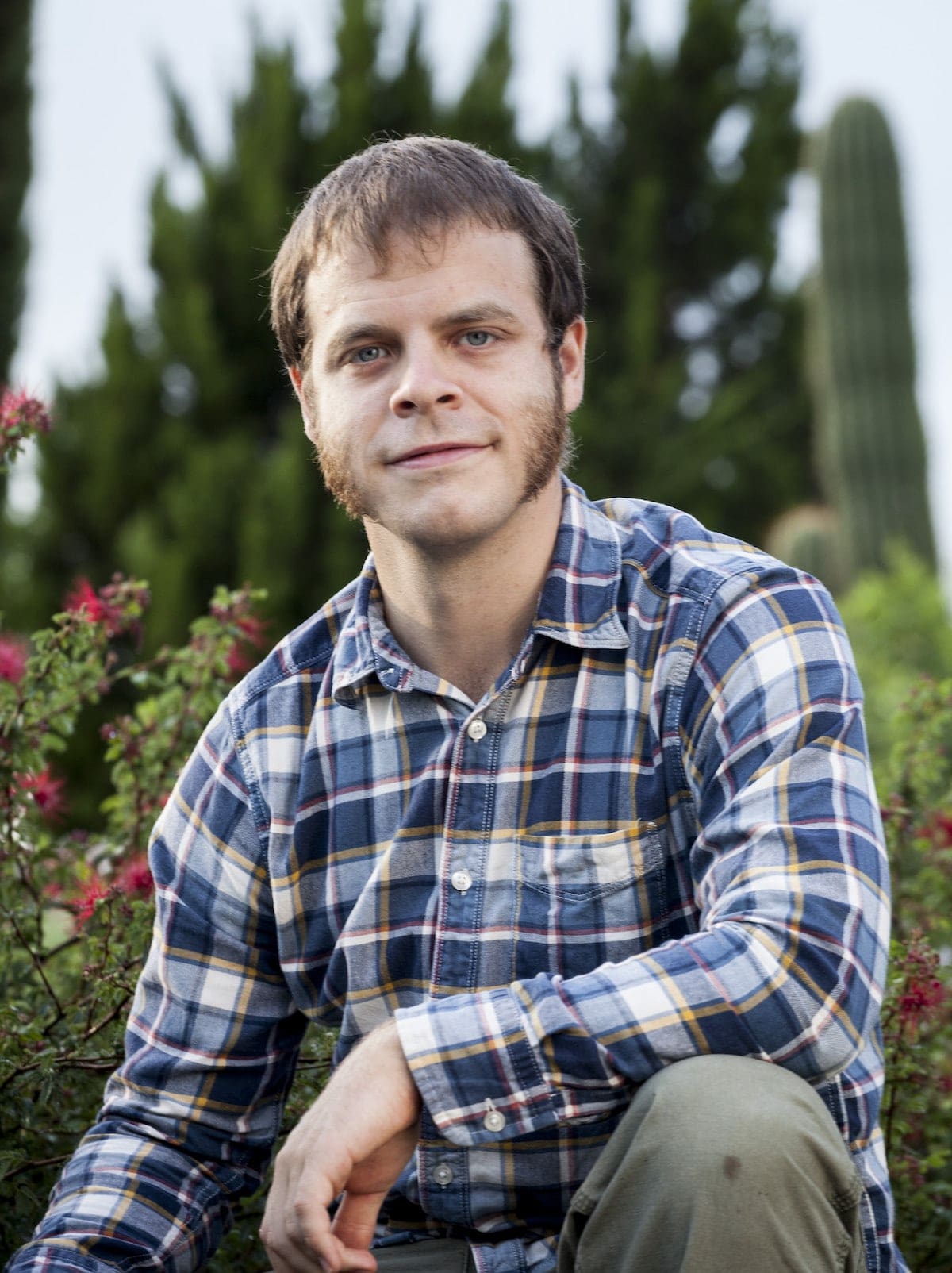
Cleveland Powell, Newest and Most Energetic Consultant
Little bluestem – a major component of the original Central Texas grasslands, little bluestem can be still found on well managed farms and ranches. In the fall, you can identify it by the slight copper color of the stems and leaves.
Compass plant – a tall perennial plant with yellow flowers and hairy leaves. The common name is derived by the fact that its leaves tend to orient themselves in north and south directions.
Antelope horn milkweed – the mainstay plant of monarch butterflies, milkweed includes many native and tropical species. But we suggest this variety, as well as butterfly milkweed and zizotes milkweed . You may use the tropical species, but it must be sheared down by Thanksgiving to prevent a significant monarch parasite .
Gayfeather – the star wildflower of the fall, this flower bursts forth into a purple blaze, hence the other common name, “blazing star,” in late September and October. Gayfeather prefers full sun and well-drained soil.
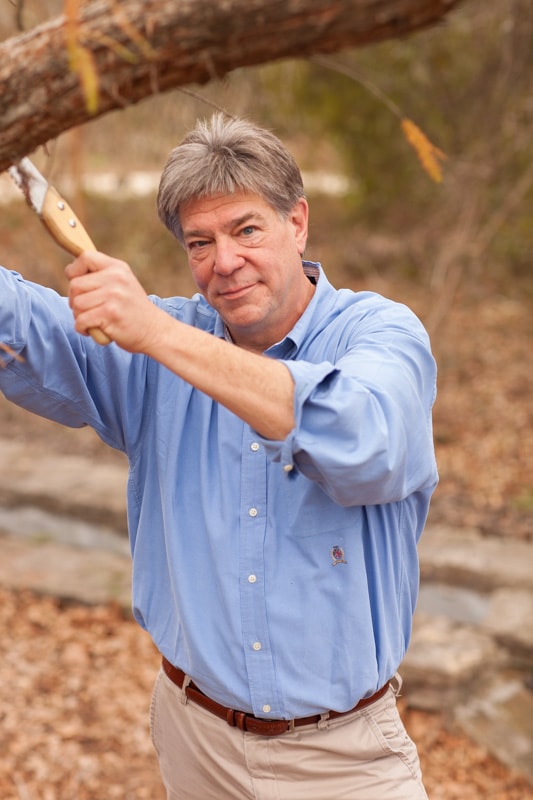
Mark A. Peterson, Project Coordinator and Tree Advocate Extraordinaire
Chinquapin (or chinkapin) oak – a 35-40 foot deciduous tree that is oak wilt resistant and drought tolerant. It prefers shallow, rocky but moist soils. Perfect for the north and west sides of town.
Eve’s necklace – One of the best small trees for San Antonio. Eve’s necklace excels on rocky and clay soils. It is the deciduous cousin of Texas mountain laurel.
Damianita – the only thing more indestructible than damianita is a plastic plant. Deer, insect and human resistant. Plant this perennial in full sun and limited soil.
Purple heart – purple heart is one of the most versatile groundcovers for the San Antonio area and will grow in either sun or shade. It’s only major pest: humans.
Fall is for planting and many of the expert’s recommendations on are the approved plant list. Don’t let the moderate weather and football keep you indoors. Start planting today!




